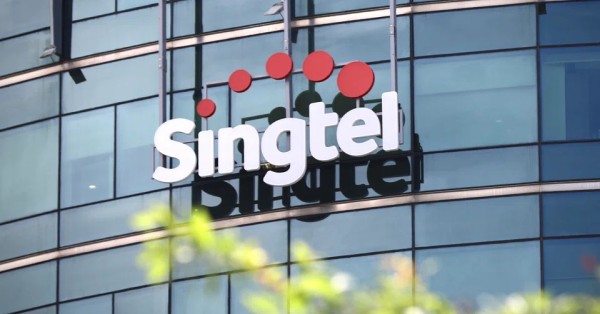Question:
The solution uses Druid’s Raemis™ core platform. What specific capabilities or architectural features made it the right fit for mission-critical port operations?
Karlis Vilciņš (Head of Systems Integration Business, LMT):
With Druid’s core, the biggest advantage is that it has been developed and refined for over 15 years, and the company has been focused on private networks from the very beginning.
For us, as a system integrator, it was quite straightforward to deploy and configure. It didn’t take much time to become familiar with the system.
Before selecting Druid, we had tested several other solutions. In many of those cases, we noticed that system integrators or end users were often locked into vendor support, with limited flexibility. Making even small changes to the core required coordination with large vendor representatives, which slowed things down and added complexity.
In contrast, Druid’s platform is much easier to manage and adapt. Their long experience in private networks made the process efficient and seamless.
In this specific project, we didn’t use all of the advanced functionalities — there was no network slicing, and the deployment was a simple, straightforward setup with two radios, primarily focused on providing reliable connectivity.
However, one of the key strengths of Druid’s Raemis™ platform is its scalability — the same software can support both simple deployments like this one and very complex projects requiring advanced features. That flexibility made it an excellent fit for our needs and for future expansion.

























































